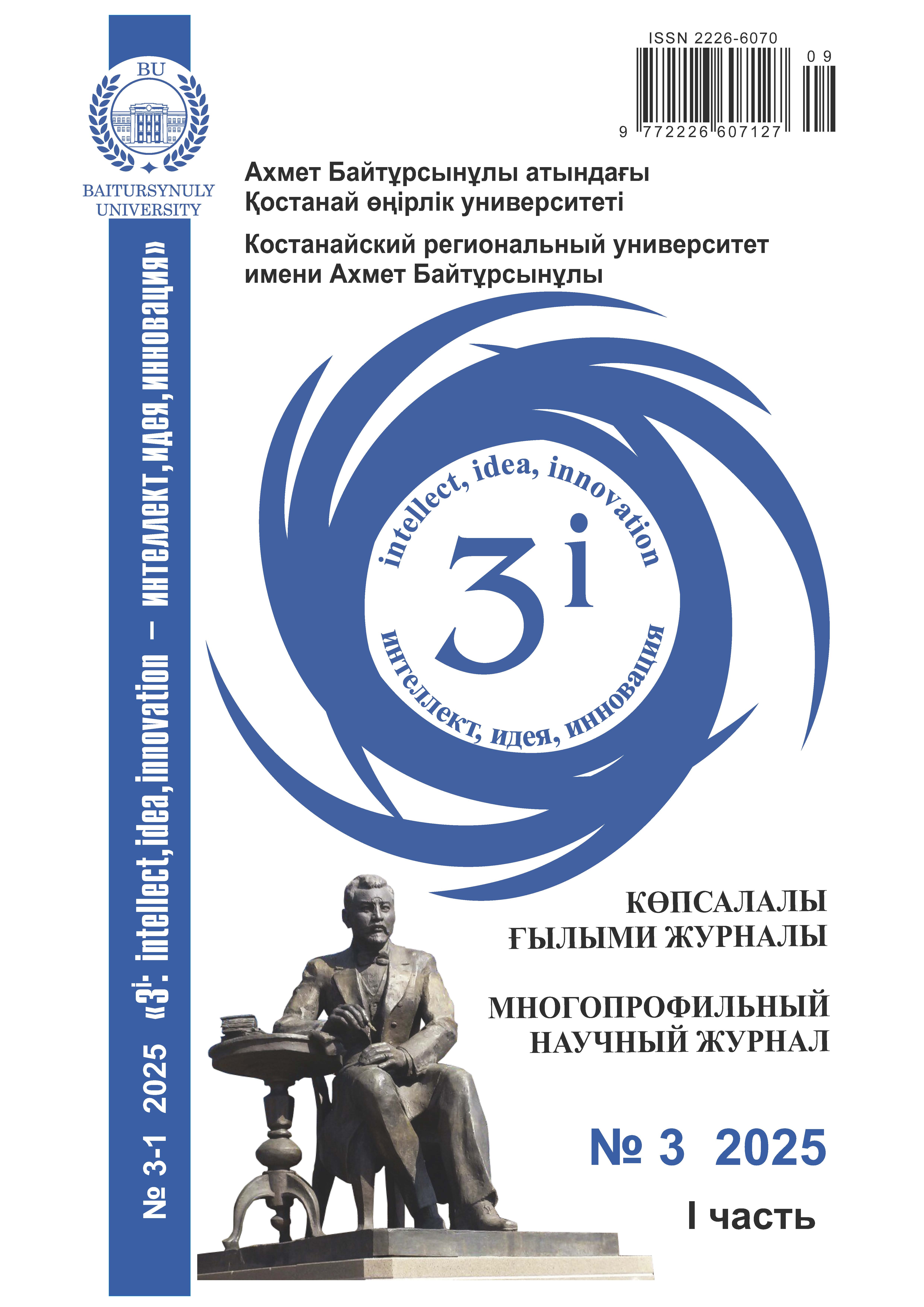METHODOLOGY OF SELECTION AND USE OF BOTTOM SEDIMENTS OF RESERVOIRS OF KOSTANAY REGION IN AGRICULTURAL PRACTICE
DOI:
https://doi.org/10.52269/KGTD2531288Keywords:
ecology, reservoir, bottom sediments, sampling, agricultureAbstract
The article presents the results of a comprehensive study aimed at investigating and implementing optimal sediment sampling methods under the harsh climatic conditions of Northern Kazakhstan. The research was conducted using the Verkhnetobolskoye and Karatomar Reservoirs as case studies—key hydraulic structures in the region that play a critical role in agriculture and water supply for the Kostanay Region. During winter fieldwork, various sampling techniques were tested, including gasoline-powered augers, tubular dredgers, and specialized containers for sample preservation. The stages of sample preparation, collection, transportation, and storage are described in detail in accordance with national and international standards.
The study confirmed that bottom sediments serve not only as indicators of the ecological state of water bodies but also possess significant potential for secondary use in agriculture as organic fertilizers following appropriate treatment. The data obtained can be used for environmental monitoring, sanitary and hygienic assessments, and agroecological zoning of hydraulic facilities in the Kostanay Region. The methodological recommendations developed allow for the standardization of the sampling process and ensure the reliability of results in subsequent laboratory analyses.




